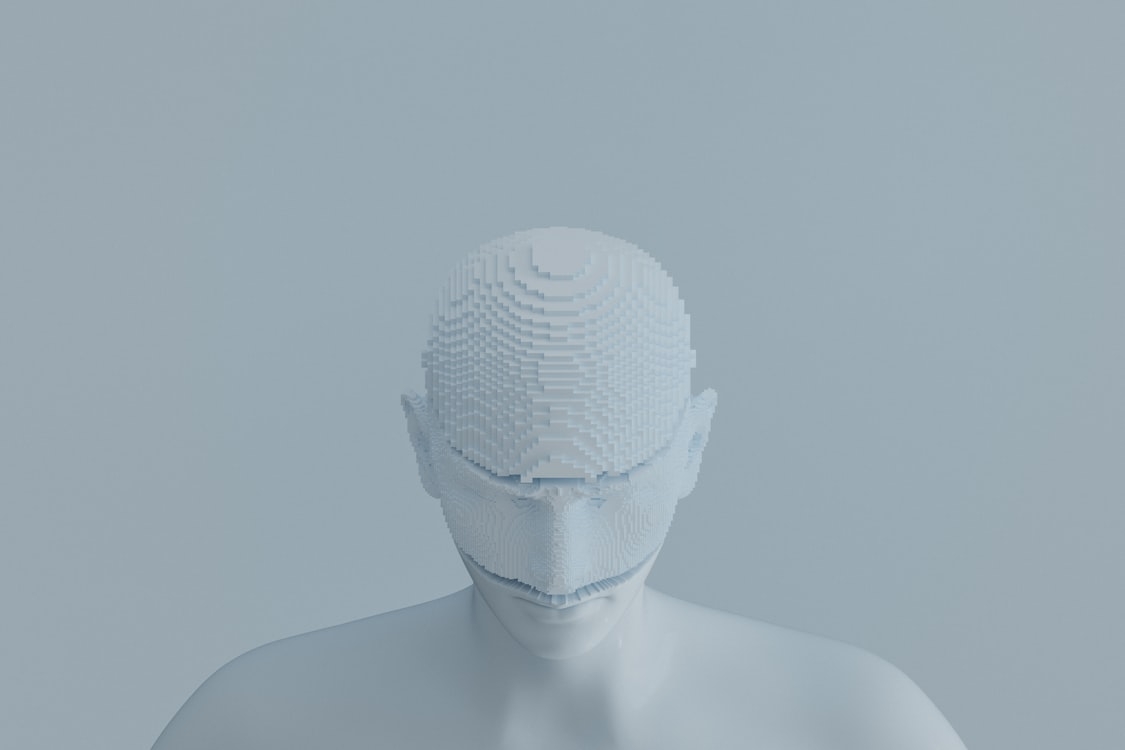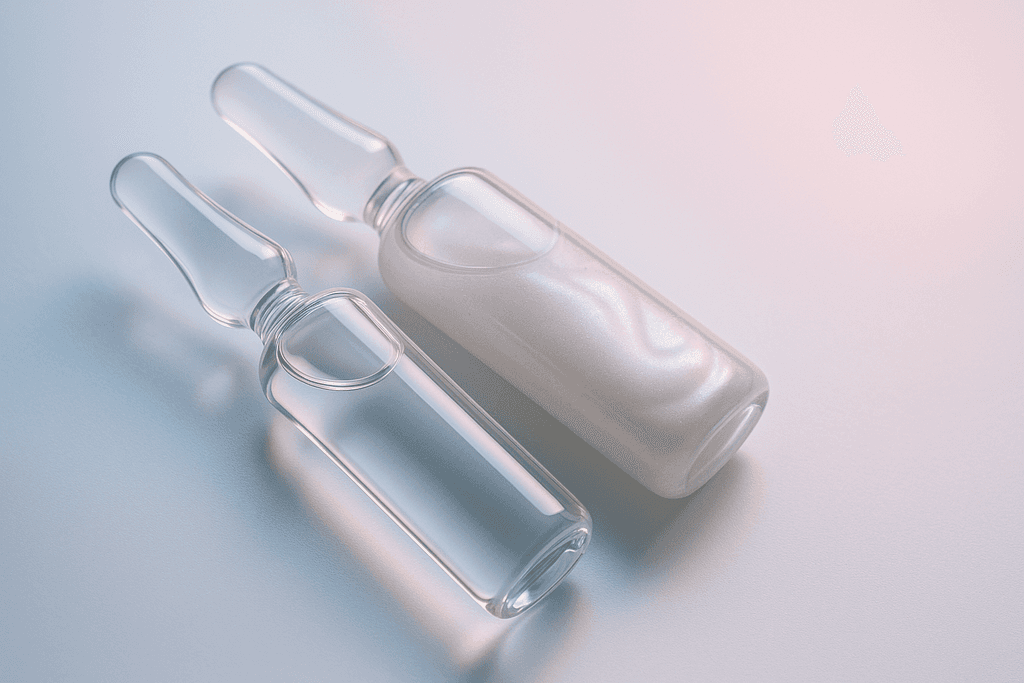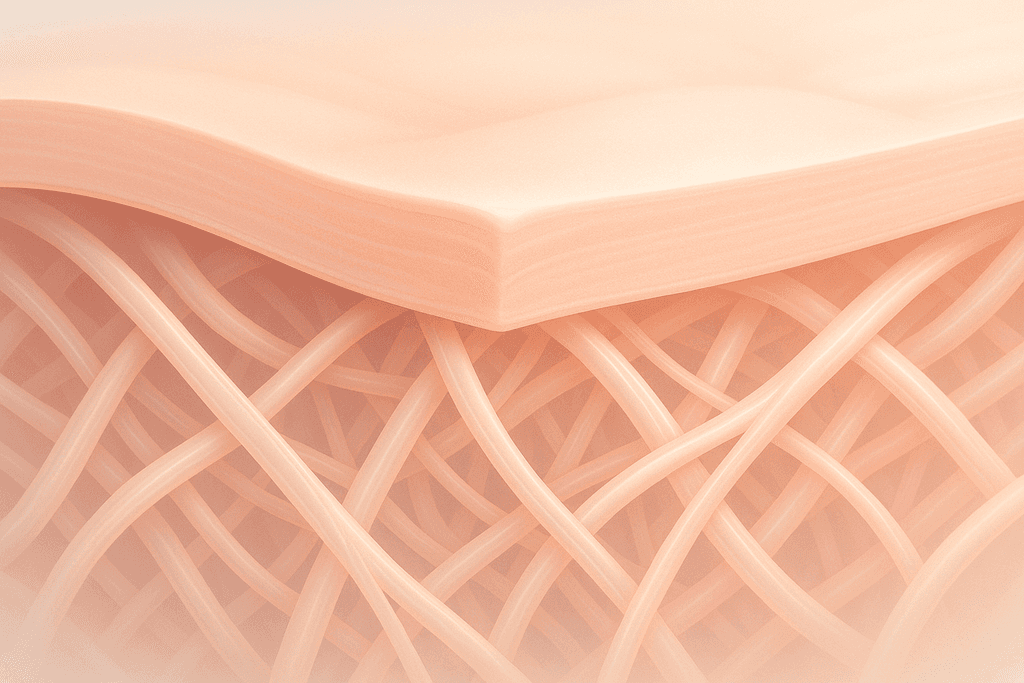What to Expect from AI-Powered 3D Body Scanning

Table of Contents
- Evolution of Body Composition Measurement
- How AI-Powered 3D Body Scanning Works
- The Impact on Wellness Tracking and Motivation
- Wrap-up
- Common Questions About AI-Powered 3D Body Scanning
Evolution of Body Composition Measurement
Stepping on a scale used to be the go-to method for tracking fitness progress. But that number alone doesn't tell the whole story. Our bodies are complex, and a simple weight measurement misses important details about muscle, fat, and overall health.
Over time, fitness pros and health experts came up with better ways to measure body composition:
- Calipers to pinch and measure body fat
- Underwater weighing for density calculations
- Bioelectrical impedance to estimate fat percentage
- DEXA scans for detailed body composition breakdowns
These methods improved on basic scales, but they still had drawbacks. Some were uncomfortable, others expensive or time-consuming. Many lacked the precision needed for tracking small changes over time.
Enter 3D body scanning. This tech uses cameras to create a digital model of your body in seconds. It's quick, non-invasive, and gives a visual representation of your shape. But early versions still needed human interpretation of the results.
The real game-changer? Adding AI to the mix. Artificial intelligence can analyze 3D scans with incredible accuracy, picking up on subtle changes human eyes might miss. It turns raw data into actionable insights about your health and fitness journey.
Here's a quick look at how body measurement has evolved:
| Method | Accuracy | Convenience | Data Provided |
|---|---|---|---|
| Basic Scale | Low | High | Weight only |
| Calipers | Moderate | Low | Estimated body fat % |
| 3D Scan + AI | High | High | Comprehensive body composition |
AI-powered 3D scanning is changing the game for tracking wellness progress. At Caleyo Wellness, we use this tech in our ShapeShift & Sustain and LifeSculpting programs. It gives our clients a clear picture of their progress and helps us fine-tune their personalized plans.
How AI-Powered 3D Body Scanning Works
Ever wonder how those fancy 3D body scanners actually work? It's pretty cool stuff. These high-tech machines use a bunch of cameras to take pictures of your body from all angles. But that's just the start.
The real magic happens when AI gets involved. Smart computer programs crunch all that image data to create a detailed 3D model of your body. It's like having a mini-you inside the computer.
Key steps in 3D body scanning:
- Capture: Cameras snap hundreds of photos
- Processing: AI turns photos into a 3D model
- Analysis: Software measures every part of your body
The end result? You get to see yourself from every angle, with precise measurements of everything from your biceps to your calves. It's way more accurate than a mirror or a tape measure.
What the Scan Reveals
These scans don't just show what you look like on the outside. They can peek under your skin too (not in a creepy way). The AI is smart enough to figure out how much of your body is muscle, fat, or bone.
This gives you a clear picture of your body composition. It's like X-ray vision for your health and fitness. At Caleyo Wellness, we use this tech in our ShapeShift & Sustain program to track progress precisely.
| Measurement | What It Tells You |
|---|---|
| Body Fat % | How lean you are |
| Muscle Mass | Your strength potential |
| Bone Density | Skeletal health |
Comprehensive Metrics and Insights
3D body scanning isn't just about looking good in a virtual mirror. It's a goldmine of health and fitness data. Let's break down what you can learn:
- Body fat percentage (overall and by area)
- Muscle mass distribution
- Posture analysis
- Circumference measurements (arms, legs, waist, etc.)
- Body symmetry
But numbers alone don't tell the whole story. That's where AI comes in again. It can spot trends in your data over time, showing you exactly how your body is changing.
Tracking Progress Over Time
One of the coolest things about 3D scanning is watching your progress. You can see how your body changes week to week or month to month. It's like a time-lapse video of your fitness journey.
- Compare scans side-by-side
- See where you're gaining muscle or losing fat
- Track changes in posture and alignment
This visual feedback can be super motivating. It's one thing to see the number on the scale change. It's another to see your body transform in 3D. Our LifeSculpting program at Caleyo Wellness uses these scans to keep clients on track and motivated.
Practical Applications and Benefits
So how does all this high-tech scanning actually help you? Let's look at some real-world uses:
Personalized Fitness Plans
Knowing your exact body composition helps trainers create workouts just for you. They can focus on areas that need the most work and track your progress precisely.
For example, if the scan shows you have less muscle in your left leg, your trainer might add extra exercises to balance things out. It's all about working smarter, not just harder.
Nutrition Tailored to Your Body
Your body composition affects how many calories you need and what kind of diet works best for you. A scan can help nutritionists fine-tune your meal plan for optimal results.
| Body Type | Nutrition Focus |
|---|---|
| High muscle, low fat | Protein-rich diet for maintenance |
| High fat, low muscle | Balanced diet for fat loss and muscle gain |
| Balanced composition | Nutrient-dense foods for overall health |
At Caleyo Wellness, we use scan data to create personalized nutrition plans that work with your body, not against it. It's like having a roadmap for your diet.
Health Monitoring
3D scans aren't just for fitness buffs. They can also help doctors keep an eye on your health. Changes in body composition can signal potential health issues early on.
For instance, a sudden increase in body fat might prompt further tests for metabolic problems. Or a decrease in muscle mass could indicate a need for strength training to maintain bone health.
By combining 3D scanning with other health metrics, we can get a more complete picture of your overall wellness. It's like having a high-def health snapshot whenever you need it.
The Impact on Wellness Tracking and Motivation
AI-powered 3D body scanning is changing how we approach health and fitness. This tech gives people a clearer picture of their progress, which can be a big motivator.
Here's how these scans are making a difference:
- They show small changes that you might miss in the mirror
- They track more than just weight, like muscle and fat percentages
- They create a visual record of your journey over time
This detailed info helps people make smarter choices about their health. Instead of guessing, they can see exactly what's working and what's not.
The visual aspect is key. Seeing your body change in 3D can be more powerful than just looking at numbers on a scale. It's like having before-and-after photos, but way more detailed.
AI scans are making wellness plans more personal and precise.
- They spot problem areas you might not notice
- They help trainers create custom workout plans
- They let doctors track health risks more accurately
This tech isn't just for fitness buffs. It's useful for anyone who wants to improve their health. At Caleyo Wellness, we use ShapeScale technology in our weight management programs. It helps our clients see real progress and stay on track.
The future of wellness tracking looks bright with these AI tools. They're making it easier for people to understand their bodies and make positive changes. As the tech gets better, we'll likely see even more ways to use it for better health outcomes.
Wrap-up
AI-powered 3D body scanning is changing how we track our health and fitness. These high-tech scanners give us super detailed info about our bodies that we've never had before. It's pretty cool to see a 3D model of yourself and get exact measurements of things like muscle mass and body fat percentage.
At Caleyo Wellness, we use this tech in our ShapeShift & Sustain and LifeSculpting programs. It helps us make really personalized plans for each person. The best part is being able to see your progress over time in 3D.
As this technology gets better, we'll probably see it pop up in more gyms, doctor's offices, and even at home. Who knows, maybe one day we'll all have a mini 3D scanner in our bathrooms. For now, if you're curious about trying it out, you can book a free discovery call with us to learn more.
Next up, we'll answer some common questions about AI body scanning. If you've been wondering how it actually works or what the benefits are, stay tuned.
Common Questions About AI-Powered 3D Body Scanning
How accurate are AI-powered 3D body scans?
AI-powered 3D body scans are highly accurate, typically within 1-2% of traditional methods like DEXA scans. The AI analyzes thousands of data points to create a detailed model of your body composition. At Caleyo Wellness, we use ShapeScale technology, which provides precise measurements and tracking over time.
Is my personal data from the scan kept private?
Yes, your privacy is a top priority. All scan data is encrypted and stored securely. Only you and your healthcare provider at Caleyo Wellness have access to your information. We never share or sell personal data to third parties.
How often should I get a 3D body scan?
For most people, getting scanned every 4-6 weeks is ideal to track progress. This allows enough time to see meaningful changes while providing regular feedback to adjust your wellness plan. Your Caleyo Wellness provider can recommend a personalized scanning schedule based on your goals.
What can I learn from a 3D body scan?
A 3D body scan provides detailed insights about your body composition, including:
- Body fat percentage and distribution
- Muscle mass and symmetry
- Posture and alignment
- Precise body measurements
This data helps create targeted wellness plans and track progress over time.
How does 3D scanning fit into my wellness routine?
3D body scanning integrates seamlessly with your existing wellness efforts. The scans provide objective data to guide your nutrition, exercise, and treatment plans. At Caleyo Wellness, we use scan results to fine-tune your personalized program, ensuring you're always working towards your specific goals.



